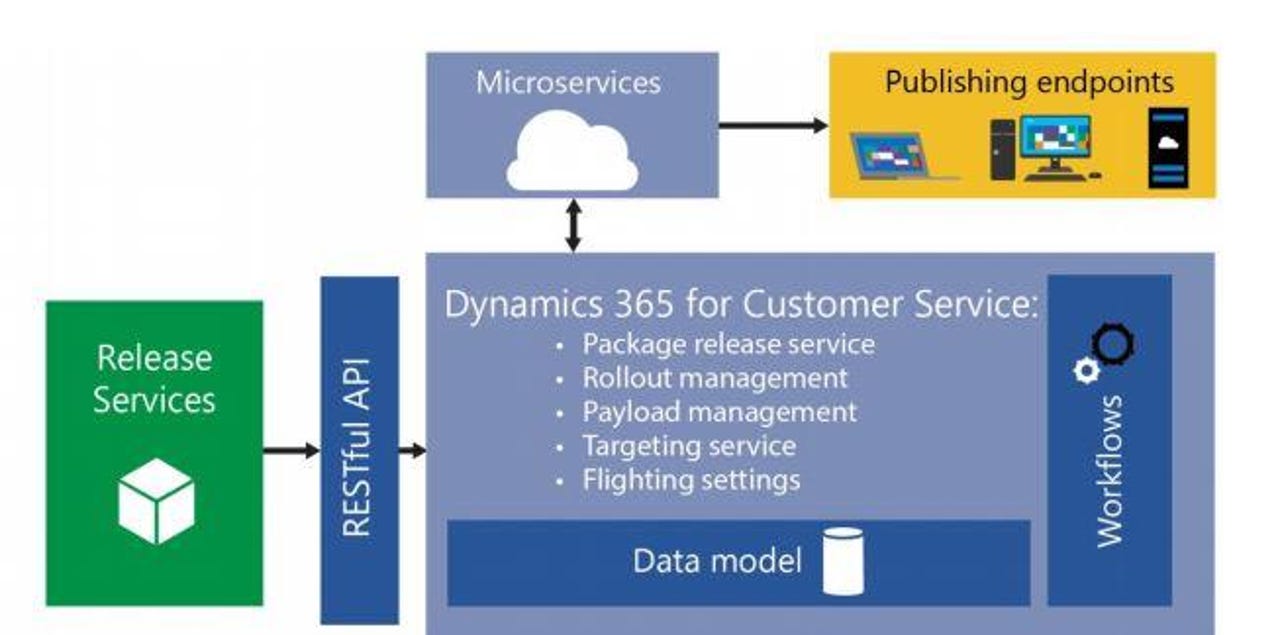Microsoft is using Dynamics 365 to manage Windows Update releases


Windows 10
Microsoft employees often are required to eat their own dogfood, a k a test their own products and services before release. So it shouldn't surprise me -- though it still does -- when one product unit at the company uses another's as an integral part of its deliverables.
The latest example I found interesting: Microsoft's Windows Update team is using Dynamics 365 for Customer Service, which is the new and fancier name for part of Microsoft's CRM offering, to manage the Windows updating process. I discovered this by stumbling onto a Microsoft IT Showcase case study about that very topic.
(When I think of CRM systems, I almost always envision them being used by salespeople. But "customers" don't necessarily have to be external customers, as this case study attests.)
Microsoft is using Dynamics 365 for Customer Service to oversee update-release publishing. The releases being managed in this case aren't just Windows 10 feature and security updates; they are updates for other previous client and server versions of Windows, too.
According to the IT Showcase case study, the Windows Update team decided on Dynamics 365 for Customer Service because it gave them a customizable toolset on top of which it could build out an automated servicing pipeline. The core of that servicing pipeline has become the data model the team built into Dynamics 365 for Customer Service, which gives the team a way to define data, support dataflow, and creates consistent workflow processes.
The release services engine sends update information into Dynamics 365 for Customer Service using a set of RESTful application programming interfaces. The updated release data and metadata is transferred to a Dynamics 365 data store and can be manipulated using the package release, rollout management, payload management, targeting and flighting configuration information.
Dynamics 365 for Customer Service also provides reports and dashboards on any stage of the release process and any stage of the servicing pipeline, the case study says. It also gives the team cumulative statistics and aggregated data.
Microsoft officials say the new servicing pipeline using Dynamics 365 is providing them with noticeable time savings. A payload release that used to take more than a week can now be managed in three to four hours, the case study claims. And the team can simultaneously process more than 200 releases and more than 20,000 tasks per month, producing more than 1,000 update entities, they say. The new system also can notify the team of problems immediately and can help them confirm in an automated way, rather than manually that things like compliance checks and malware scans have been done.
Microsoft officials say they are looking for new ways to use Dynamics 365 features to improve servicing pipelines in other areas of the organization.